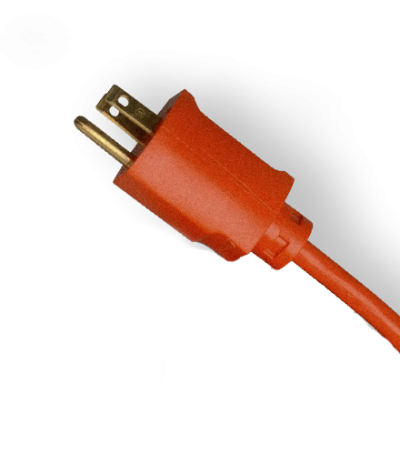What is climate change?
Find out what your students already know about climate change, watch a video and create “I wonder…” statements.

Overview
Students brainstorm what they know about climate change and watch a video featuring a youth reporter talking about climate change, what it means and why it matters. Through group discussion, students generate ideas and questions about climate change.
Instructions
What you'll need
- Chart paper and markers
- Sticky notes or small strips of paper
- Screen and internet connection to play video
- Divide the class into small groups and give each group chart paper and markers.
- In their groups, students write the words “climate change” in the middle of the chart paper.
- Have them brainstorm what they know about climate change, using words and pictures.
- Remind students to try and communicate their ideas clearly and listen respectfully to each other.
- Show the CBC Kids News video: “Climate change from a kid’s perspective”. Watch it one time through, only listening, and then a second time, stopping to brainstorm and write down notes.
- Ask students for any quick thoughts or comments.
- Watch the video again, pausing to allow a few minutes for students to write down ideas. Have each group use a different colour marker this time, to show new and additional thoughts from their initial brainstorm. Use the following prompts:
- At 1:14, ask students to add new ideas to their chart paper. Where do they think the carbon dioxide and methane come from? What do they think some of the consequences of Earth’s rising temperature are?
- At 2:50, have students add any additional impacts of climate change (sea levels rising, forest fires, droughts, unusually cold temperatures, changes to animal migration and crop growing cycles) to their chart paper.
- At the end of the video, the reporter asks if you have any questions.
- As an exit slip, have each student write a question they’re interested in on a sticky note or strip of paper. Have them start their exit slip with: “I wonder…” or “I want to learn about…”.
- Post the sticky notes on a board or hang strips of paper as a banner.
Modify or extend this activity
- Use the questions generated at the end of the activity for students to conduct their own inquiry into an area of interest related to climate change.
- Learn more about current events related to climate change. Have students find relevant articles, discuss in small groups and post articles with a written reflection.
- Like the youth reporter in the CBC video, interview students about climate change. Discuss what makes a good question for an interview, decide what questions to use and then video and edit the interviews to share as a class or with other classes.
Curriculum Fit
Grade 7 Science
Big idea
- Earth and its climate have changed over geological time.
Content
- Evidence of climate change over geological time and the recent impact of humans
Curricular competencies
Questioning and predicting
- Demonstrate a sustained intellectual curiosity about a scientific topic or problem of personal interest
- Identify a question to answer or problem to solve through inquiry
Applying and innovating
- Transfer and apply learning
Communicating
- Communicate ideas, findings and solutions to problems
Teaching Notes
Climate vs weather
Weather refers to what’s happening outside right now: it’s sunny, rainy, windy, etc. Climate looks at weather patterns over longer periods of time at particular times of the year.
What is climate change?
Climate change refers to a change in the longer term weather patterns including temperature, precipitation and wind. According to the World Meteorological Organization, the Earth’s temperature has risen almost 1oC since 1880; temperatures in many places in Arctic regions have risen by almost 2oC. Earth’s climate has always fluctuated over geological time; the difference is that the rate of change seems to be faster than seen before.
The temperature is rising, glaciers are melting, droughts are more severe and storms are happening more frequently. Forest fires in B.C., droughts in Alberta, droughts and forest fires in Australia and extreme winter storms in the Maritimes are just some of the recent climate events that are affecting ecosystems, animal migration and crop growing cycles.
What causes climate change?
There are various factors affecting Earth’s climate. Most scientists agree that the rise in temperature over the past 100 years is mainly caused by human activities. In particular, the rise in heat is mostly being caused by greenhouse gases released from the burning of fossil fuels. Gases like carbon dioxide and methane are added to the atmosphere, acting like a blanket that’s trapping in more heat from the sun.
Assessment
- Assess group chart papers for ability to understand basic concepts related to climate change.
- Circulate during small group work and assess students’ ability to communicate their ideas about climate change and actively listen to each other.
- Assess questions on chart paper and exit slip questions for ability to generate questions related to Earth’s changing climate.












